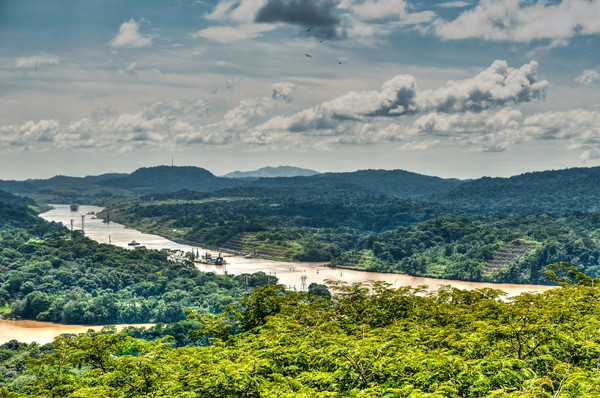Latin America appears to be at a later stage in the cycle of the COVID-19 virus, compared with other regions such as Asia and Europe. These regions seem to have peaked, flattening the curve and are now preparing for partial re-openings, even though a second wave of contaminations might occur before reaching the so-called herd immunity or the development of a vaccine.
Within our region, countries took measures at different times so the path to recovery will be patchy. One action action is that the supply chain for essential products has been preserved and prioritised by governments to ensure cargo (especially food and medicine, hygienic elements), for the most part, reaches much of the population.
Quarantines, whose strictness varies from country to country, have helped to reduce the number of contagions, however, impact on businesses and employment is growing each day that quarantine continues.
Before Covid-19, Latin America was already trying to overcome a slowdown of its main economies, and the pandemic compounded the problem. This is already reflected in the flow of capital, depreciation of local currencies, and unemployment levels. The impact will certainly be widespread but with differing intensity by country and segments of the economy. It will depend on the recovery of its main partners (China, the US, and the EU), the success in the stimulus packages implemented by the different governments, and the resilience of the business sector.
Most governments have invested in the poorest populations by transferring money – in a type of unemployment insurance – or just by delivering food and other essential goods. It remains a challenge since the region is not as wealthy as its European counterparts. Sadly some cities are seeing rioting as help is too slow or is not coming at all. Latin American countries are spending from 0.6-12% of their GDP in measures to try and contain the economic and labour impact of COVID-19.
Due to lockdown, the informal economy or underemployment has been immediately obliterated and that will have consequences on the supply and demand of various products; before COVID-19, the region (from Mexico to Argentina) had a serious normalised problem with theft, which was an important part of the underemployment system. Expensive, yet easy to sell products, were stolen and sold on in the informal markets: electronics, mobile phones, some medicines, oil, and some food products were the main targets. The situation has now changed.
Nowadays, medical products are the main targets including gloves, masks, antibacterial soaps, and even heavy medical equipment. Of course, once the lockdown eases there will be thousands of people jobless and probably hungry in the streets, and food suppliers will be at a higher risk than they already are. The economy will not immediately recover, therefore governments will have to continue to transfer money or deliver products directly to the less wealthy, to prevent a social bomb from exploding and to keep riots and looting at low levels.
For the insurance industry, the disruption of the supply chain for non-essential products will impact its income. Less commercial activity and reduced transportation of goods will result in fewer policies being written. For the risk management the challenge remains for surveys and measures to manage the usual and unusual risks, since mobility is restricted and the usual physical controls have to be implemented remotely or virtually. However, with every challenge comes wisdom, and this situation might encourage the Latin American market to improve its technology and innovation.
